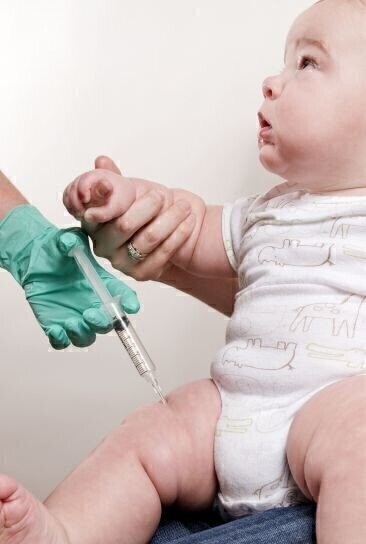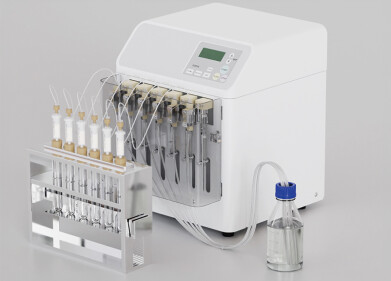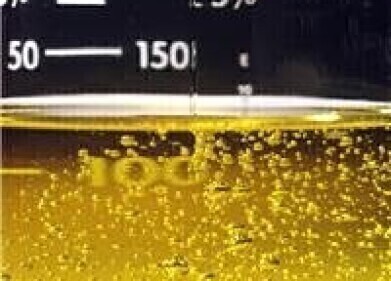Solid phase extraction (SPE)
What Is Affinity Chromatography?
Jul 19 2015
Chromatography is a powerful analytical technique used to separate a mixture into its component parts. There are many different types of chromatography — but they all rely on a process using the different properties that exist between the target molecule (the molecule of interest) and its matrix, which together make-up the sample.
Liquid chromatography uses a liquid to carry the sample across a stationary phase where the separation takes place, and is one of the main techniques used in biological sciences due to its ability to separate samples at relatively low temperatures (as opposed to gas chromatography which operates at high temperatures).
One of the lesser known liquid chromatography techniques is affinity chromatography — a technique important in pharmaceutical science and biotechnology. But what is affinity chromatography?
Affinity chromatography
In biochemistry, affinity is used to describe how two molecules or substances behave towards each other. Polar molecules prefer each other to a non-polar molecule and we produce antibodies with an affinity for antigens to help fight infections. Affinity chromatography relies on biological interactions between two molecules such as enzyme and substrate or antibody and antigen — molecules that have an affinity for each other. Because the technique relies on this interaction between molecules, it can separate or purify a molecule on the basis of its biological function or individual chemical structure and is the only technique that can do this.
Affinity chromatography is used in the lab and as a production tool such is its power at providing pure material with a high selectivity. But how does it work?
Simple steps to purity
Chromatography relies on stationary and mobile phases. In affinity chromatography the stationary phase is critical — and is made up of a solid support (a chemically and biologically inert medium) and a binding agent, the affinity ligand, (that selectively binds to the target molecule) in a column.
Affinity chromatography can be described in basic steps:
- The column and stationary phase are flushed with a buffer solution to prepare the ligands for binding
- The sample is introduced under conditions that favour the binding of the target molecules to the affinity ligands. The target molecules bind to the ligands and the unbound molecules are washed away
- By changing the elution conditions or using another ligand, the target molecules are freed from the ligands and elute from the column giving a purified protein
For a detailed description of using affinity chromatography to produce purified antibodies, see the article, CaptureSMB for Efficient Affinity Purification of Monoclonal Antibodies in Chromatography Today.
Purified vaccines
Affinity chromatography may seem simple, but its power as a separation method should not be underestimated — the European Commission recently awarded a grant of €5.8 million to develop improved vaccine purification processes using affinity chromatography.
Affinity chromatography is on the increase — are you up to date?
Image sourced via public-domain-image.com
Events
May 11 2025 Vienna, Austria
May 18 2025 Tempe. AZ, USA
May 21 2025 Birmingham, UK
Jun 01 2025 Baltimore, MD, USA
Jun 15 2025 Bruges, Belgium














